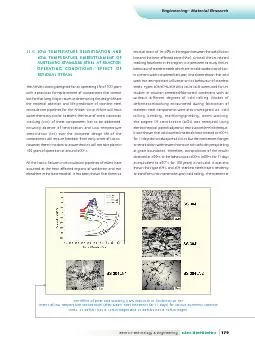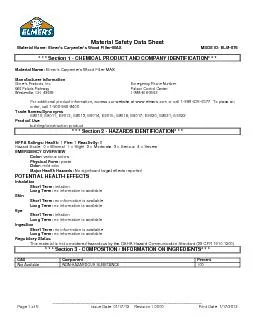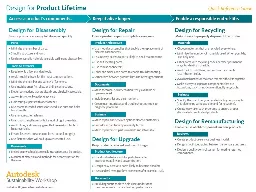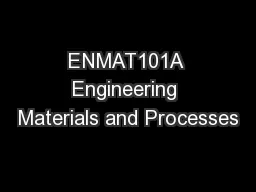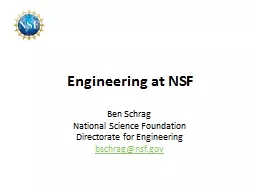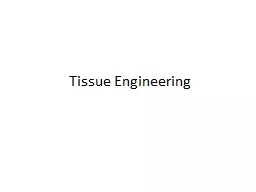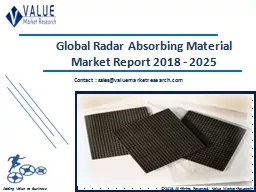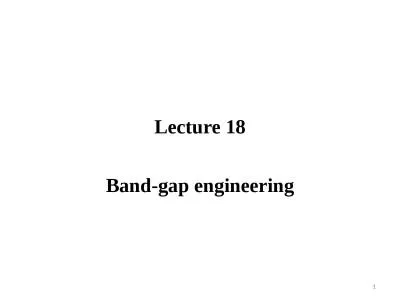PDF-Engineering - Material Research
Author : kittie-lecroy | Published Date : 2015-10-19
180 BARC HIGHLIGHTS Reactor Technology Engineering Complete intergranular cracking of the sensitized type304 stainless steel in 400 hours of exposure to highpurity
Presentation Embed Code
Download Presentation
Download Presentation The PPT/PDF document "Engineering - Material Research" is the property of its rightful owner. Permission is granted to download and print the materials on this website for personal, non-commercial use only, and to display it on your personal computer provided you do not modify the materials and that you retain all copyright notices contained in the materials. By downloading content from our website, you accept the terms of this agreement.
Engineering - Material Research: Transcript
Download Rules Of Document
"Engineering - Material Research"The content belongs to its owner. You may download and print it for personal use, without modification, and keep all copyright notices. By downloading, you agree to these terms.
Related Documents

